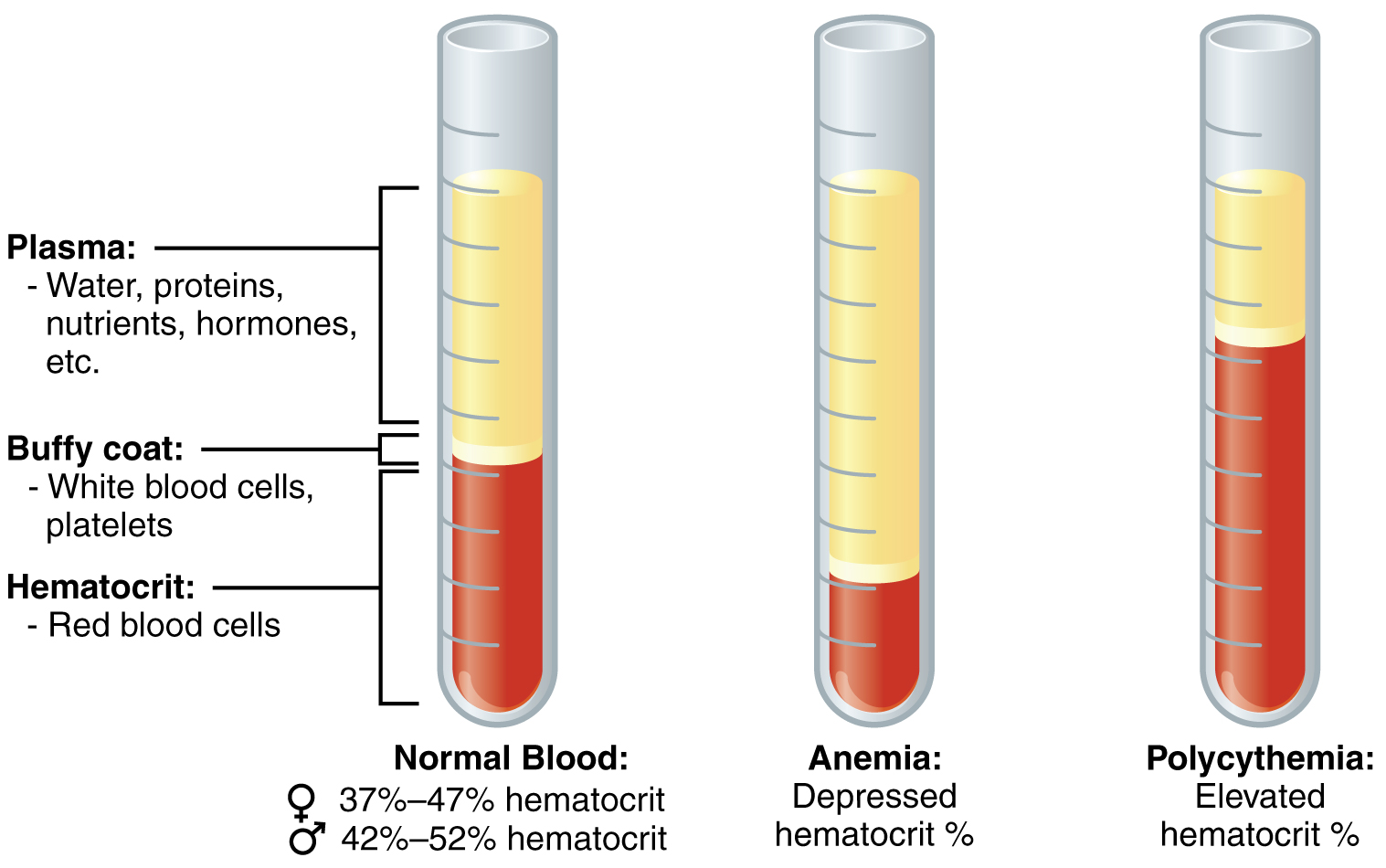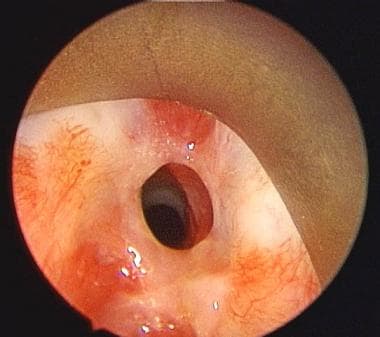Vitamin A is key for good vision, a healthy immune system, and cell growth. There are two types of vitamin A. This entry is primarily about the active form of vitamin A -- retinoids -- that comes from animal products. Beta-carotene is among the second type of vitamin A, which comes from plants.
The American Heart Association recommends obtaining antioxidants , including beta-carotene, by eating a well-balanced diet high in fruits, vegetables, and whole grains rather than from supplements until more is known about the risks and benefits of supplementation.
High doses of antioxidants (including vitamin A) may actually do more harm than good. Vitamin A supplementation alone, or in combination with other antioxidants, is associated with an increased risk of mortality from all causes, according to an analysis of multiple studies.
Why do people take vitamin A?
Topical and oral retinoids are common prescription treatments for acne and other skin conditions, including wrinkles . Oral vitamin A is also used as a treatment for measles and dry eye in people with low levels of vitamin A. Vitamin A is also used for a specific type of leukemia.
Vitamin A has been studied as a treatment for many other conditions, including cancers, cataracts , and HIV. However, the results are inconclusive.
Most people get enough vitamin A from their diets. However, a doctor might suggest vitamin A supplements to people who have vitamin A deficiencies. People most likely to have vitamin A deficiency are those with diseases (such as digestive disorders ) or very poor diets.
WebMed









